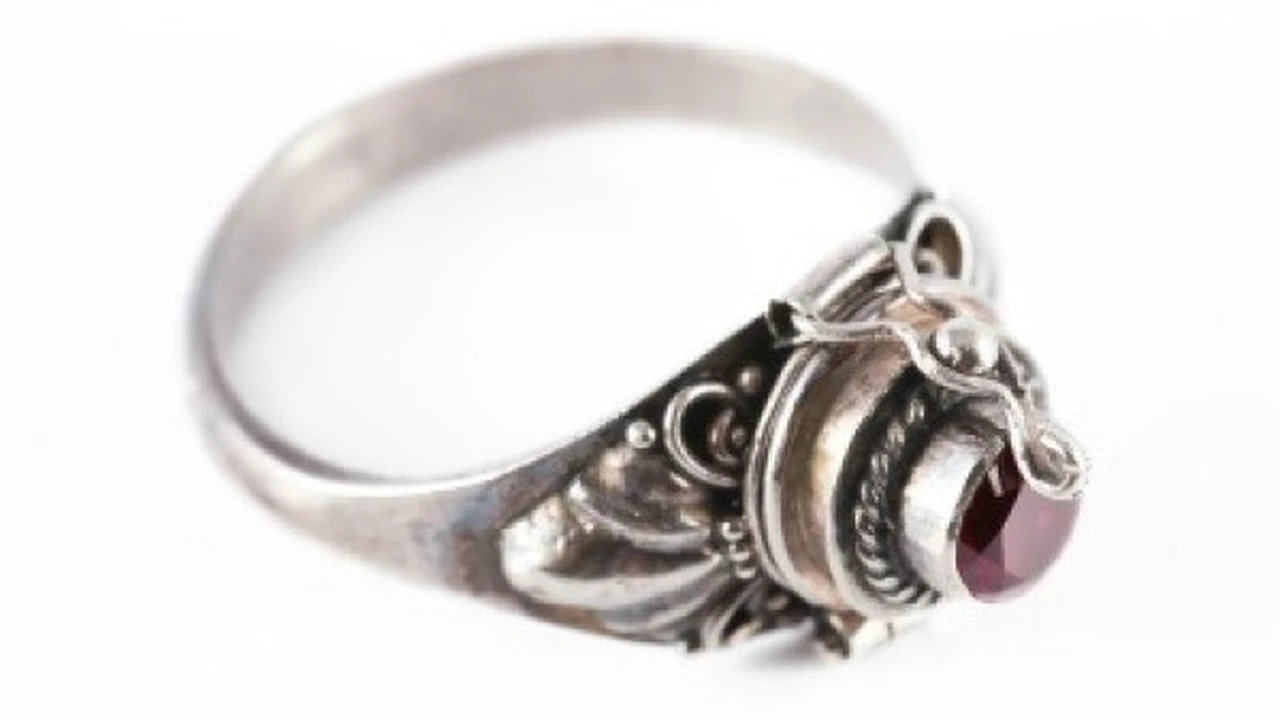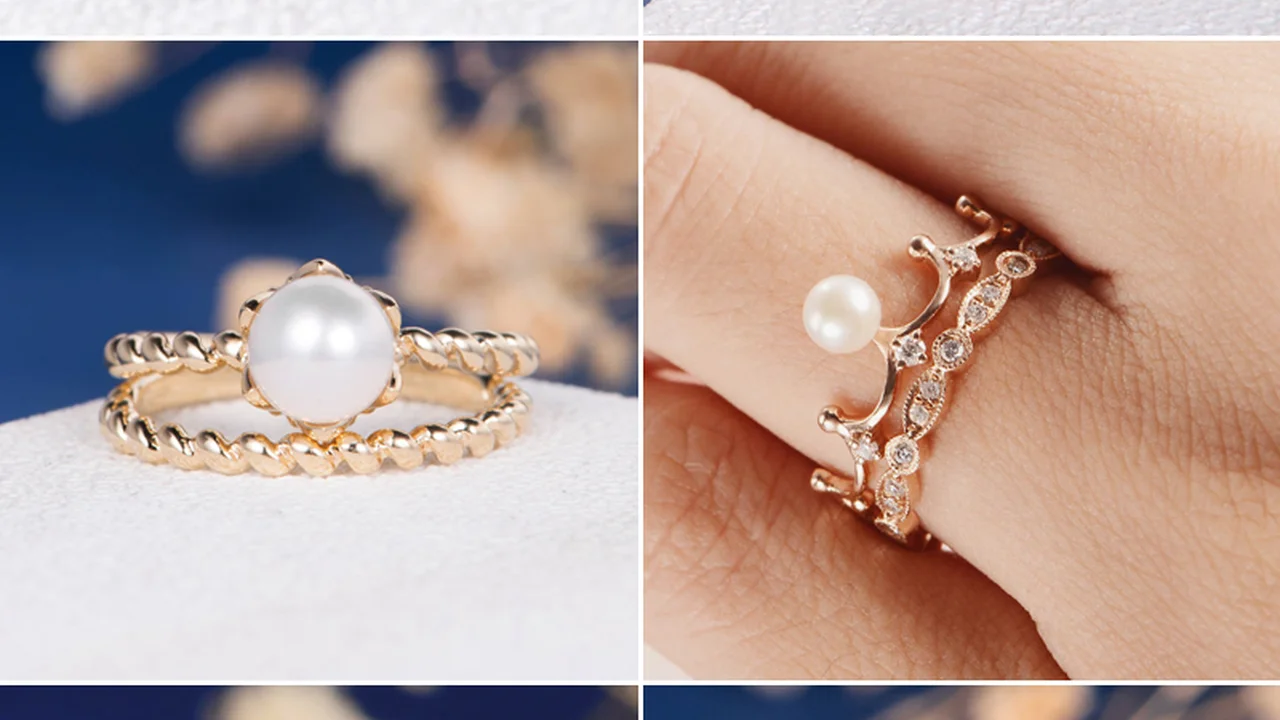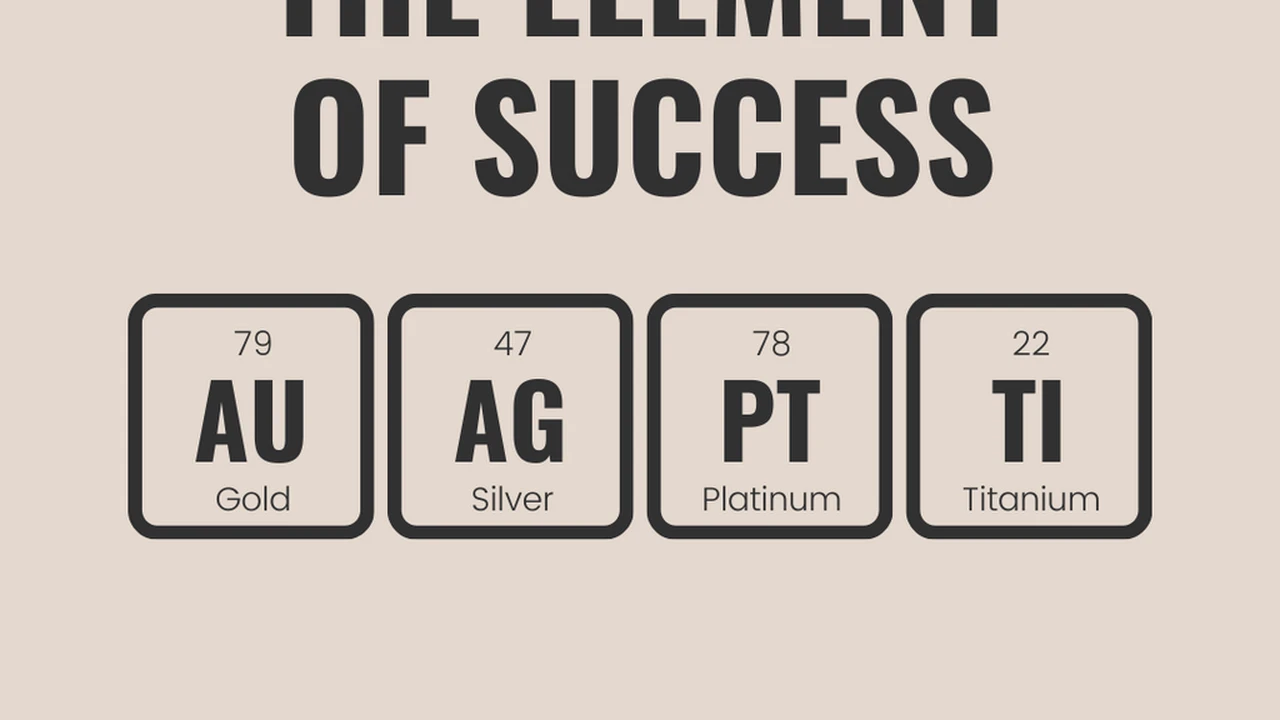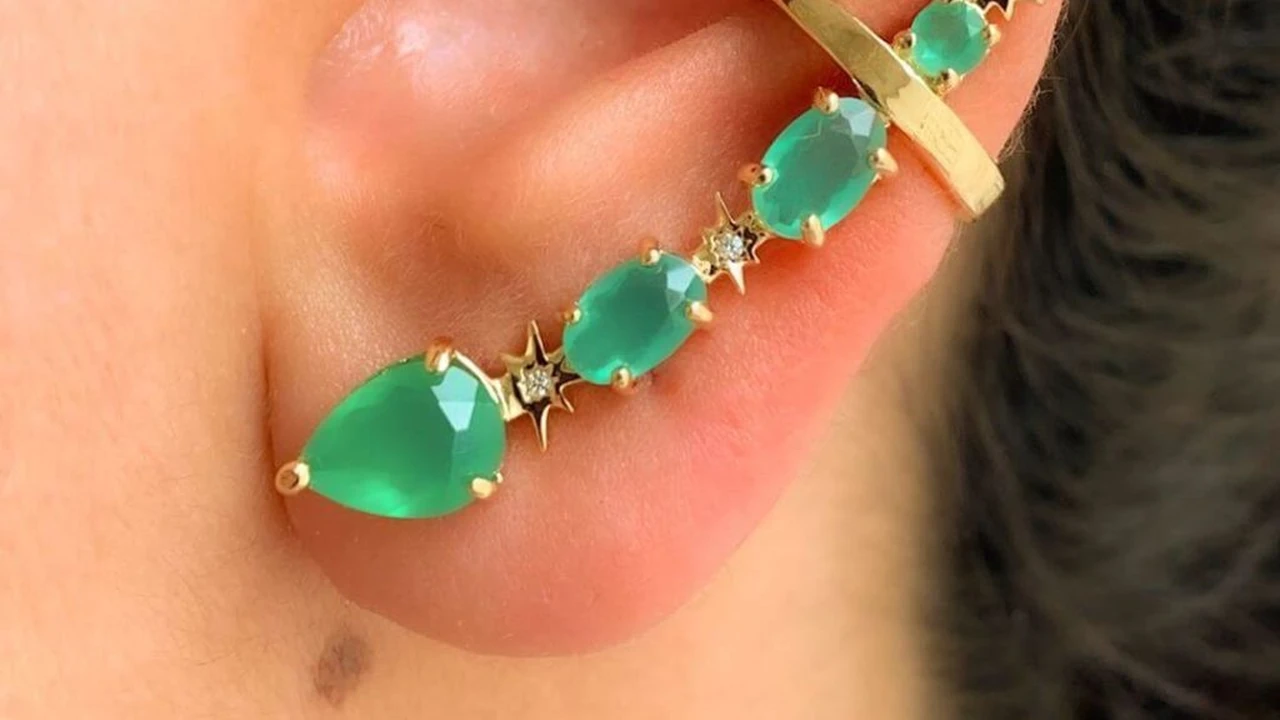Jewelry Care Understanding Metal Tarnishing and Prevention
Jewelry Care Understanding Metal Tarnishing and Prevention

What is Metal Tarnishing Jewelry Protection Explained
Tarnishing is a natural chemical reaction that occurs when metals react with substances in the environment, such as oxygen, sulfur, and moisture. This reaction creates a layer of corrosion on the surface of the metal, dulling its shine and altering its appearance. Understanding this process is the first step in preventing and managing tarnish on your precious jewelry.
Common Causes of Metal Tarnishing Jewelry Care Factors
Several factors can accelerate the tarnishing process:
- Humidity: High humidity levels promote oxidation and other chemical reactions.
- Air Pollution: Pollutants like sulfur dioxide in the air can react with metals, especially silver.
- Cosmetics and Chemicals: Contact with perfumes, lotions, hairsprays, and cleaning products can damage metal surfaces.
- Skin Oils and Sweat: Natural oils and sweat from your skin can also contribute to tarnishing.
- Chlorine: Exposure to chlorine in swimming pools or cleaning products can be particularly damaging.
Preventing Metal Tarnishing Proactive Jewelry Care Tips
Prevention is always better than cure. Here are some proactive steps you can take to minimize tarnishing:
- Store Your Jewelry Properly: Keep your jewelry in airtight containers or pouches when not in use. This minimizes exposure to air and moisture. Consider using anti-tarnish strips or cloths inside the storage containers.
- Remove Jewelry Before Activities: Take off your jewelry before showering, swimming, exercising, or doing household chores.
- Apply Cosmetics Before Wearing Jewelry: Allow perfumes, lotions, and hairsprays to dry completely before putting on your jewelry.
- Regularly Clean Your Jewelry: Gently clean your jewelry regularly with a soft cloth to remove oils and dirt.
Specific Metals and Tarnishing Jewelry Material Guide
Different metals tarnish at different rates and in different ways. Here's a closer look at some common jewelry metals:
Silver Tarnishing Care Cleaning Silver Jewelry
Silver is highly susceptible to tarnishing due to its reactivity with sulfur. Silver tarnish appears as a dark, almost black, layer on the surface. To clean silver jewelry:
- Silver Polishing Cloth: Use a specialized silver polishing cloth to gently rub away the tarnish.
- Silver Cleaning Solutions: Consider using a commercial silver cleaning solution, following the instructions carefully.
- Homemade Solution: For a mild tarnish, you can try a homemade solution of baking soda and water. Make a paste, apply it to the silver, and gently rub with a soft cloth. Rinse thoroughly and dry.
Product Recommendation: Hagerty Silver Polish Cloth - A reliable and effective cloth for removing tarnish from silver jewelry. Available on Amazon for around $10.
Usage Scenario: Ideal for cleaning silver rings, necklaces, and earrings after regular wear. Use it weekly to maintain the shine.
Gold Tarnishing Care Cleaning Gold Jewelry
Gold is more resistant to tarnishing than silver, but it can still accumulate dirt and oils. To clean gold jewelry:
- Warm Water and Mild Soap: Soak your gold jewelry in warm water with a few drops of mild dish soap. Gently scrub with a soft brush, rinse thoroughly, and dry.
- Gold Polishing Cloth: Use a gold polishing cloth to buff the surface and restore shine.
Product Recommendation: Connoisseurs Jewelry Cleaner - A gentle and effective cleaner for gold and other precious metals. Available at most jewelry stores for around $15.
Usage Scenario: Suitable for cleaning gold bracelets, chains, and pendants. Use it monthly to keep your gold jewelry looking its best.
Platinum Tarnishing Care Cleaning Platinum Jewelry
Platinum is highly resistant to tarnishing. However, it can still become dull over time due to surface scratches and the accumulation of dirt. To clean platinum jewelry:
- Warm Water and Mild Soap: Similar to gold, soak your platinum jewelry in warm water with mild soap. Gently scrub with a soft brush, rinse thoroughly, and dry.
- Professional Polishing: For deeper scratches or significant dullness, consider professional polishing.
Product Recommendation: A soft toothbrush and mild dish soap. Since Platinum is durable, gentle cleaning is often sufficient.
Usage Scenario: Perfect for cleaning platinum engagement rings and wedding bands. Clean weekly to maintain brilliance.
Other Metals Tarnishing Care for Mixed Metal Jewelry
If your jewelry contains a mix of metals, be extra cautious. Use gentle cleaning methods that are safe for all the metals involved. Avoid harsh chemicals or abrasive cleaners.
Specific Product Recommendations and Comparisons Jewelry Cleaning Products
Choosing the right cleaning products can make a big difference in how well you maintain your jewelry. Here are a few product recommendations and comparisons:
Connoisseurs Jewelry Cleaner vs. Hagerty Silver Polish
- Connoisseurs Jewelry Cleaner: Versatile cleaner suitable for gold, platinum, diamonds, and other gemstones. Gentle formula that won't damage delicate pieces.
- Hagerty Silver Polish: Specifically designed for silver jewelry. Effective at removing tarnish but not suitable for other metals.
Comparison: Connoisseurs is a better all-around choice for a diverse jewelry collection, while Hagerty is the go-to for silver-heavy collections.
Jewelry Cleaning Cloths vs. Liquid Cleaners
- Jewelry Cleaning Cloths: Gentle and convenient for regular maintenance. Ideal for removing light tarnish and dirt.
- Liquid Cleaners: More effective for removing heavy tarnish and grime. Require more careful application and rinsing.
Comparison: Cleaning cloths are great for daily upkeep, while liquid cleaners are best for occasional deep cleaning.
Tarnishing and Gemstones Caring for Jewelry with Gemstones
When cleaning jewelry with gemstones, be extra careful. Some gemstones are more delicate than others and can be damaged by harsh chemicals or abrasive cleaners. Always research the specific care requirements for each gemstone.
- Pearls: Clean pearls with a soft, damp cloth only. Avoid soaking them in water or using any cleaning products.
- Opals: Opals are also delicate and should be cleaned with a soft, damp cloth. Avoid ultrasonic cleaners.
- Emeralds: Emeralds can be cleaned with warm water and mild soap. Avoid harsh chemicals and ultrasonic cleaners.
- Diamonds: Diamonds are relatively durable and can be cleaned with warm water and mild soap or commercial diamond cleaners.
Pricing of Jewelry Cleaning Products and Services
The cost of jewelry cleaning products and services can vary depending on the type of product and the complexity of the cleaning. Here's a general overview:
- Jewelry Cleaning Cloths: $5 - $15
- Liquid Jewelry Cleaners: $10 - $30
- Professional Jewelry Cleaning: $20 - $100+ (depending on the piece and the service)
When to Seek Professional Jewelry Cleaning and Repair
While regular cleaning at home can keep your jewelry looking its best, there are times when professional cleaning and repair are necessary:
- Heavy Tarnish: If you're unable to remove heavy tarnish with home cleaning methods.
- Loose Stones: If you notice any loose stones in your jewelry.
- Broken Clasps or Chains: If your jewelry has broken clasps, chains, or other structural damage.
- Antique or Delicate Pieces: For antique or delicate pieces, it's best to leave the cleaning to a professional.
Long-Term Jewelry Protection Tips and Tricks
Beyond regular cleaning and proper storage, here are some additional tips for long-term jewelry protection:
- Avoid Extreme Temperatures: Extreme temperatures can damage some gemstones and metals.
- Consider Rhodium Plating: Rhodium plating can protect silver and other metals from tarnishing.
- Insure Your Jewelry: Protect your investment with jewelry insurance.
:max_bytes(150000):strip_icc()/277019-baked-pork-chops-with-cream-of-mushroom-soup-DDMFS-beauty-4x3-BG-7505-5762b731cf30447d9cbbbbbf387beafa.jpg)






